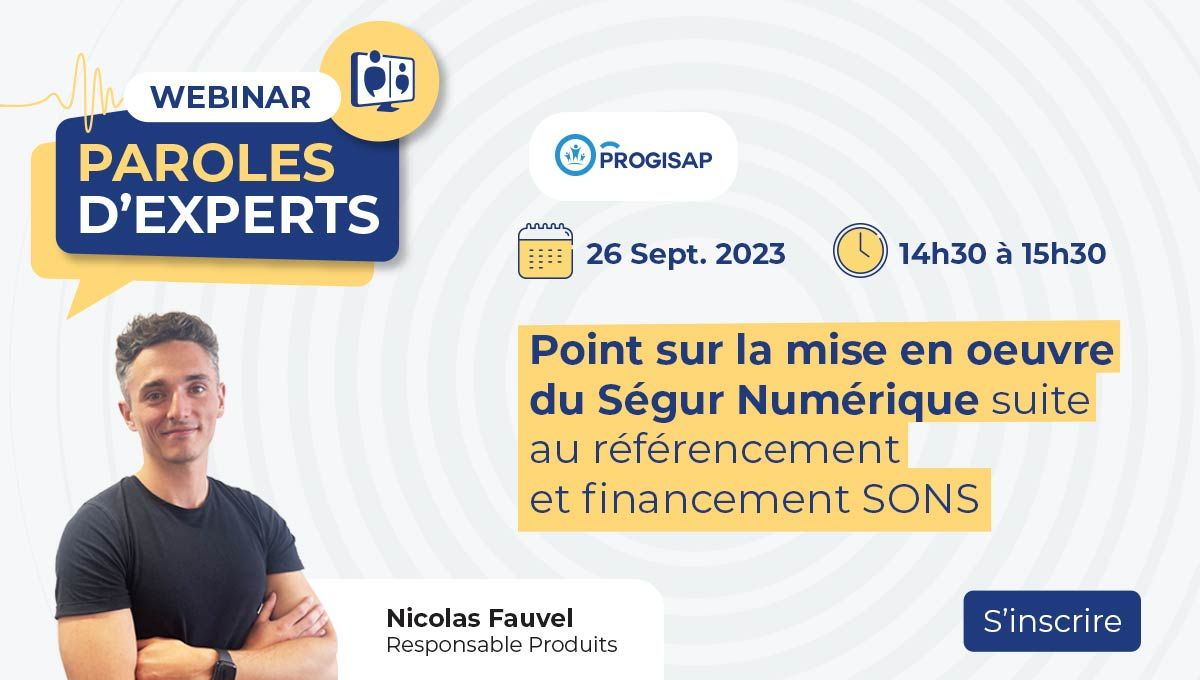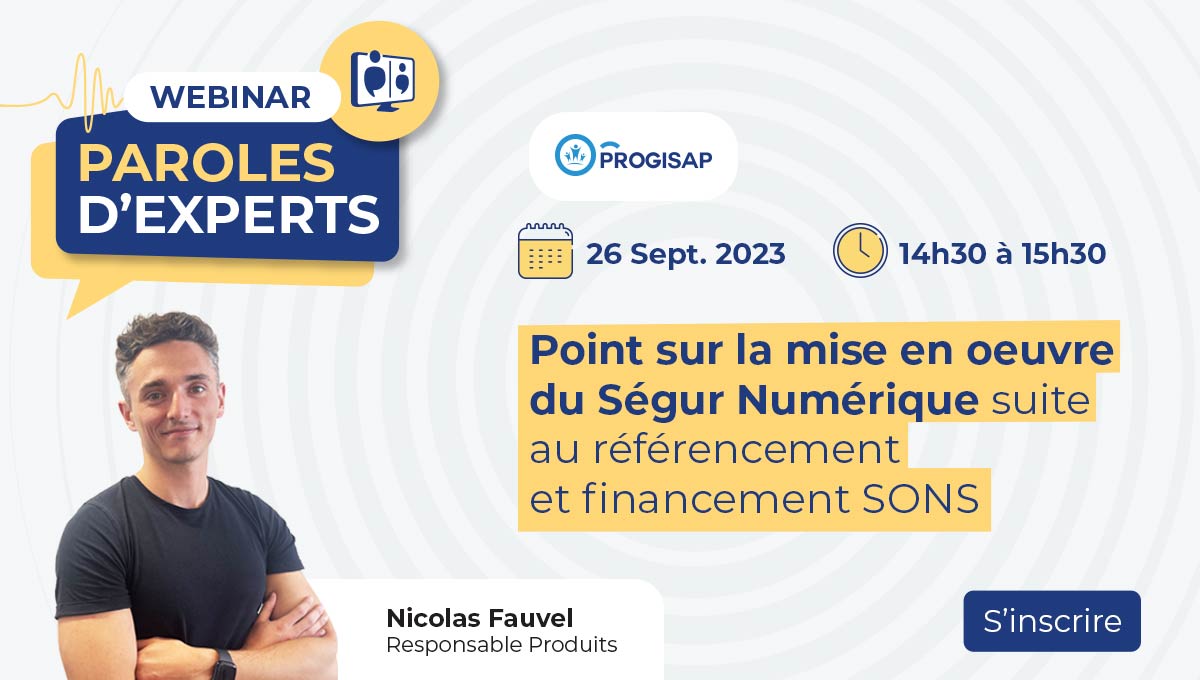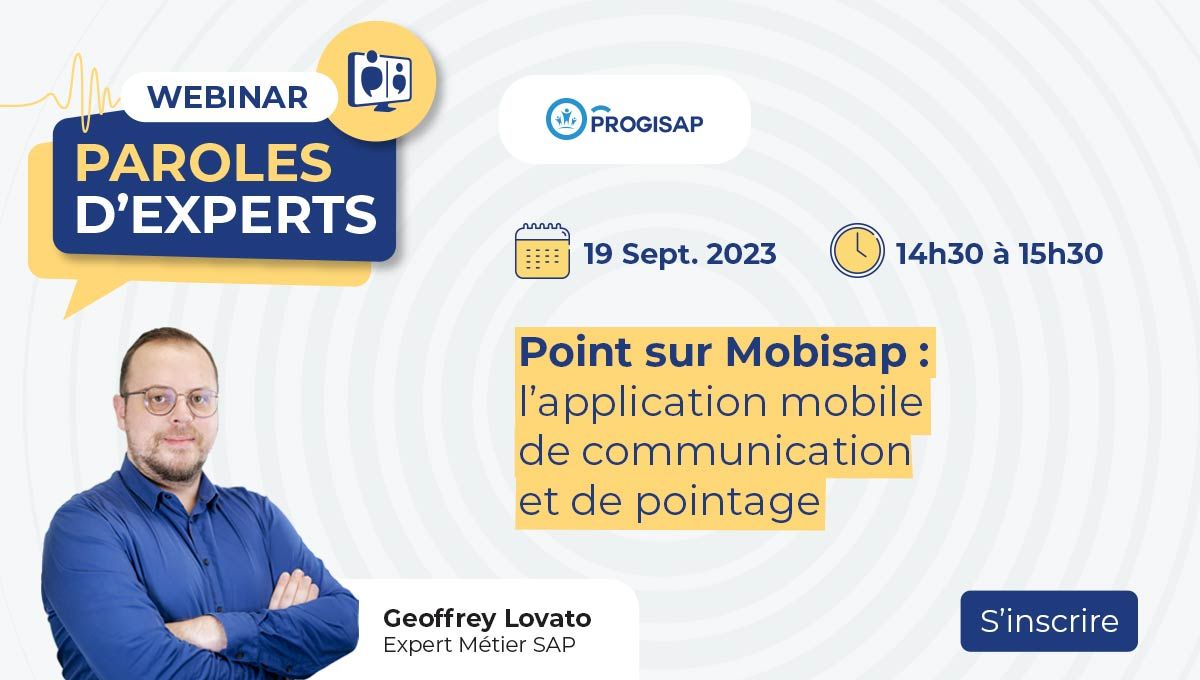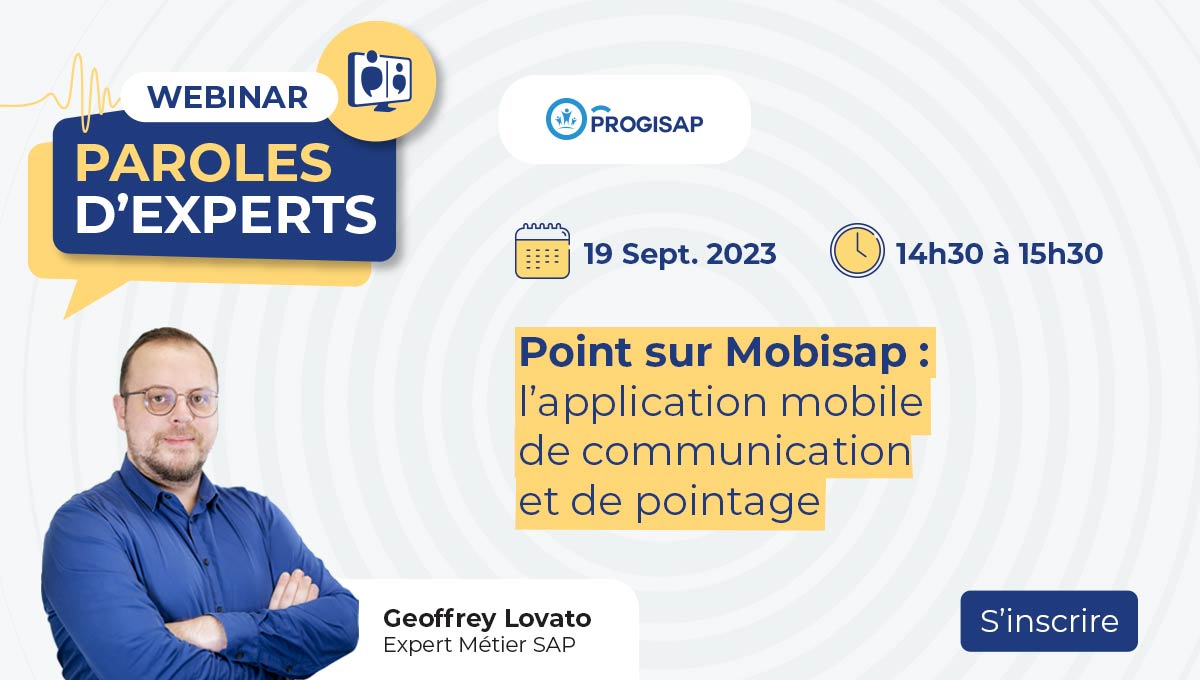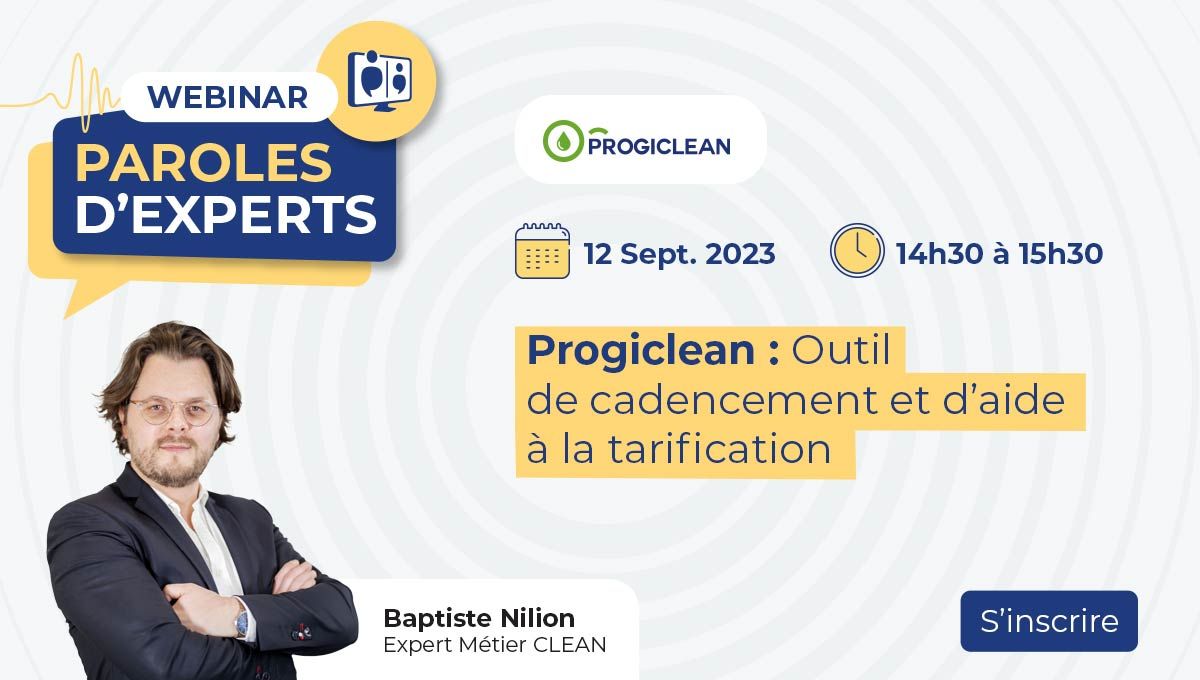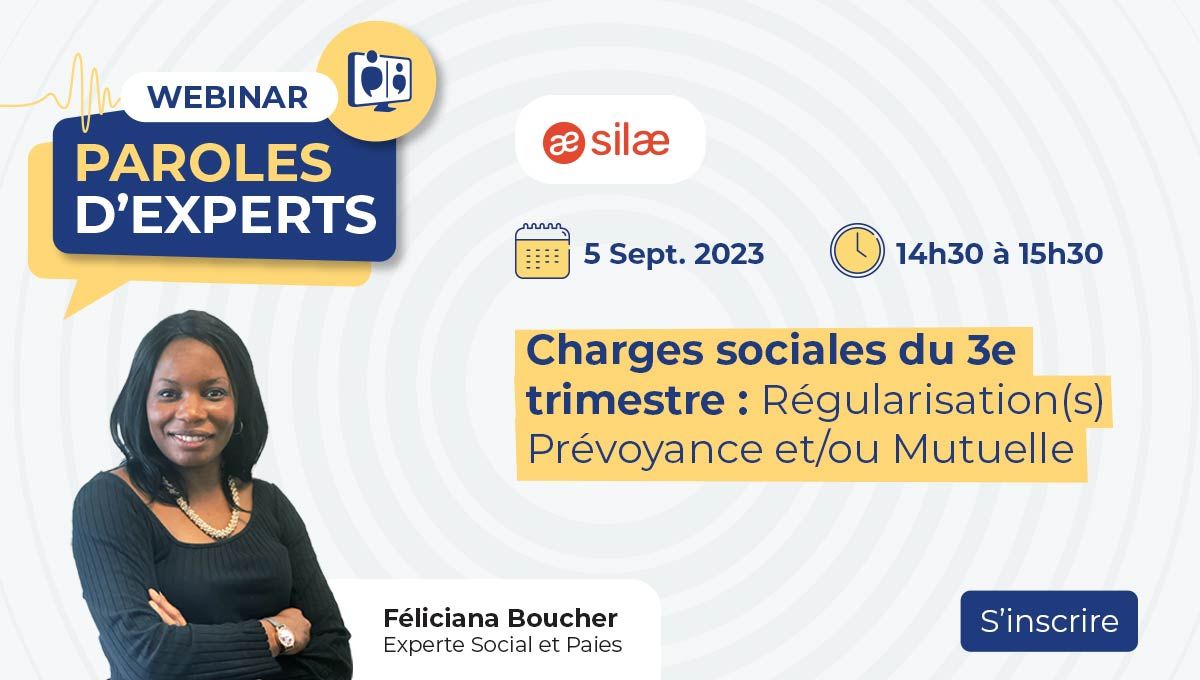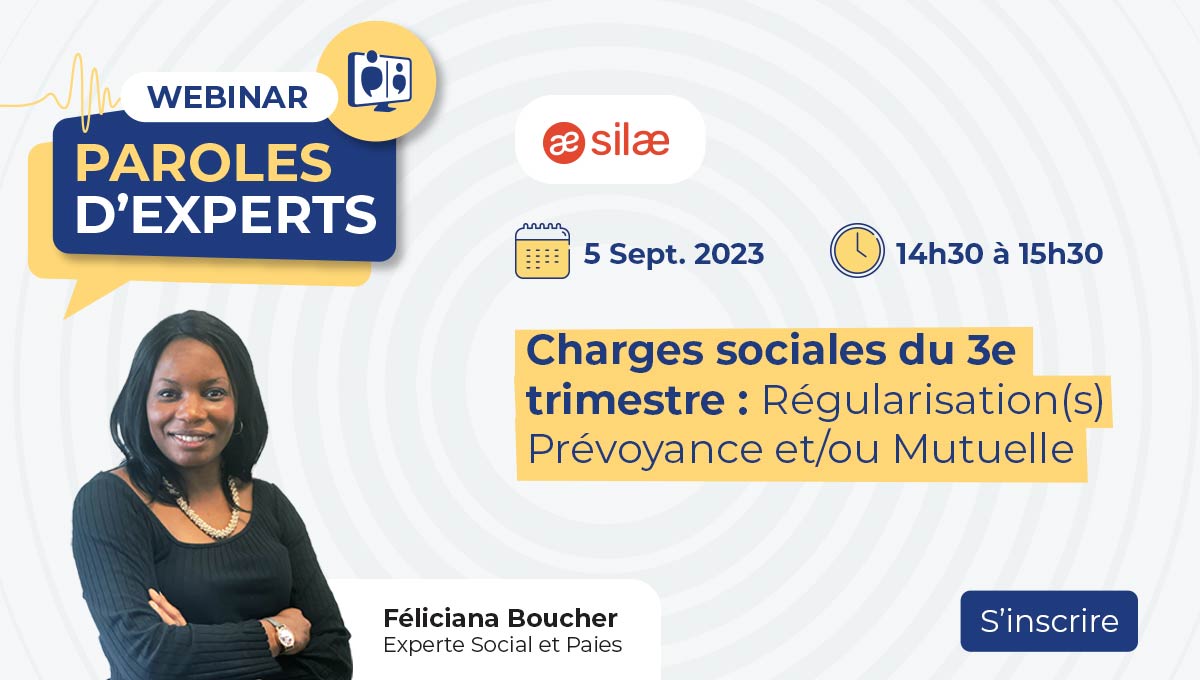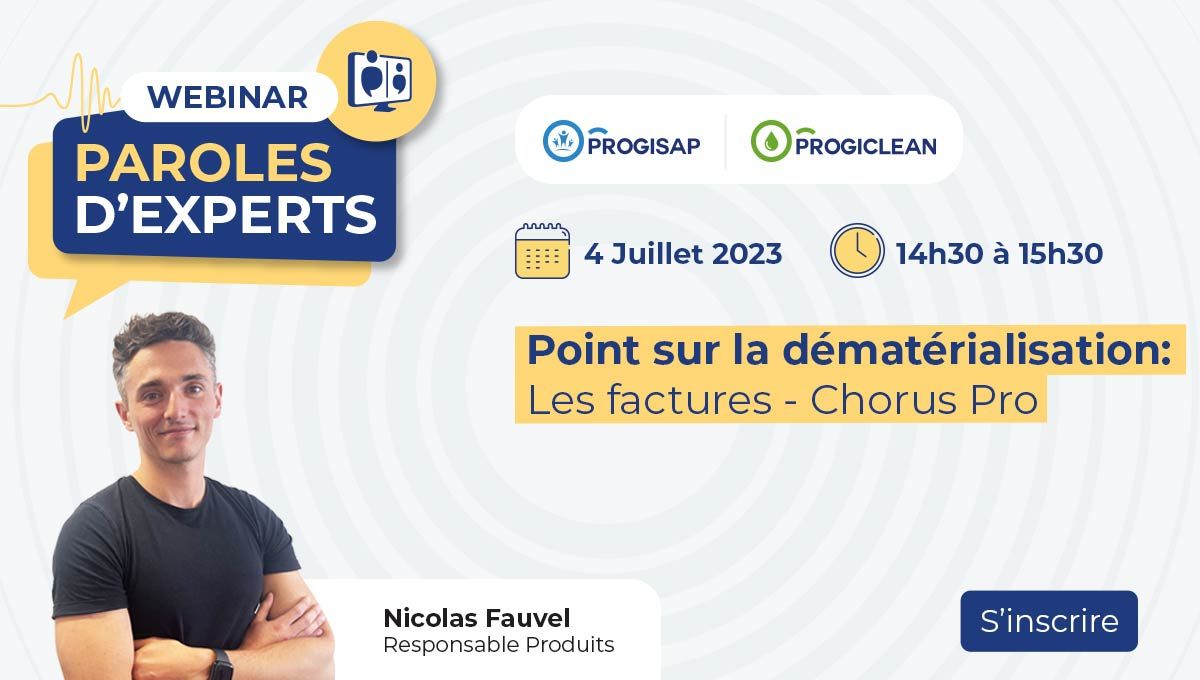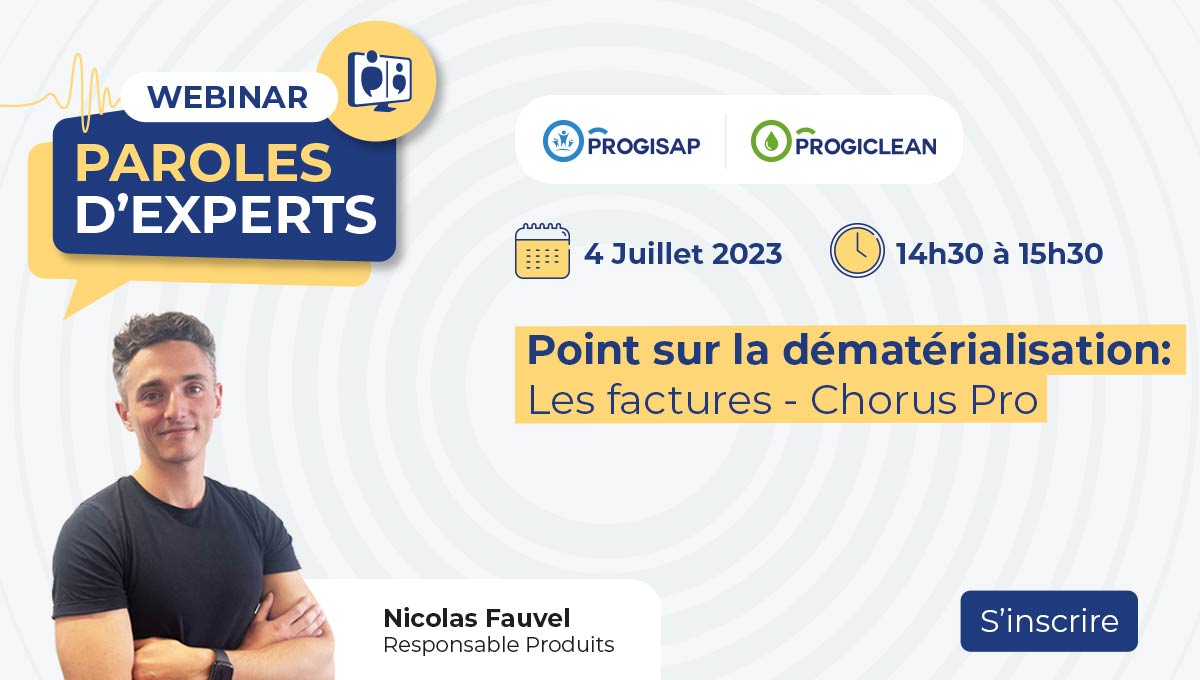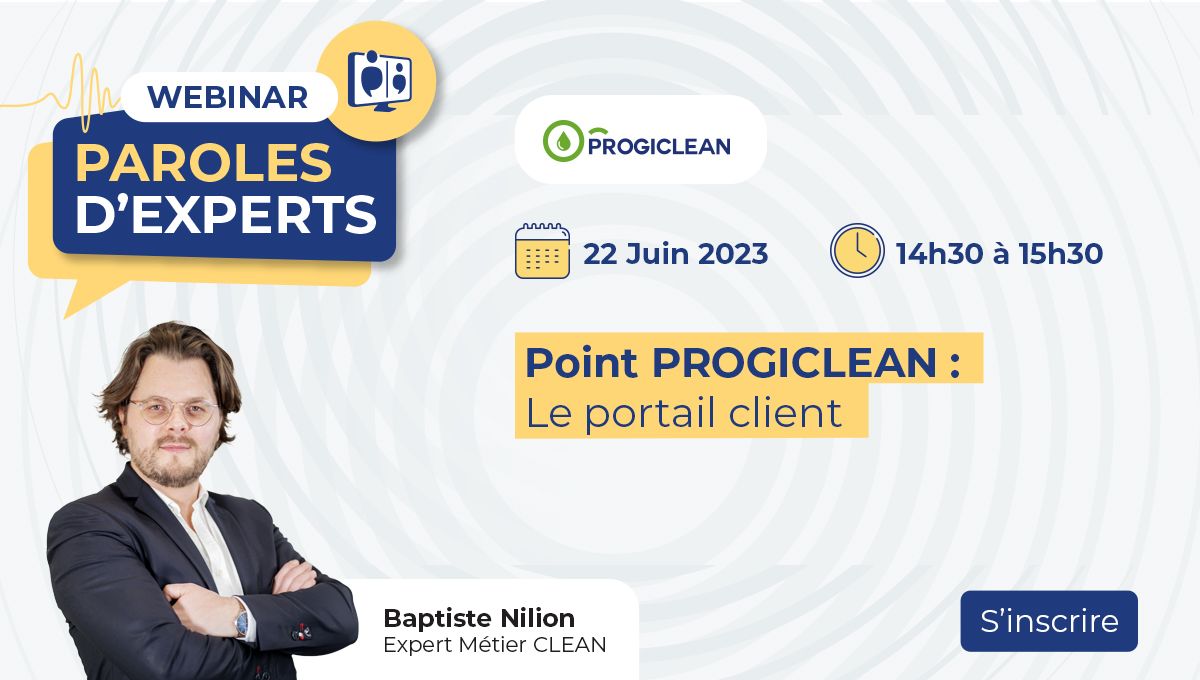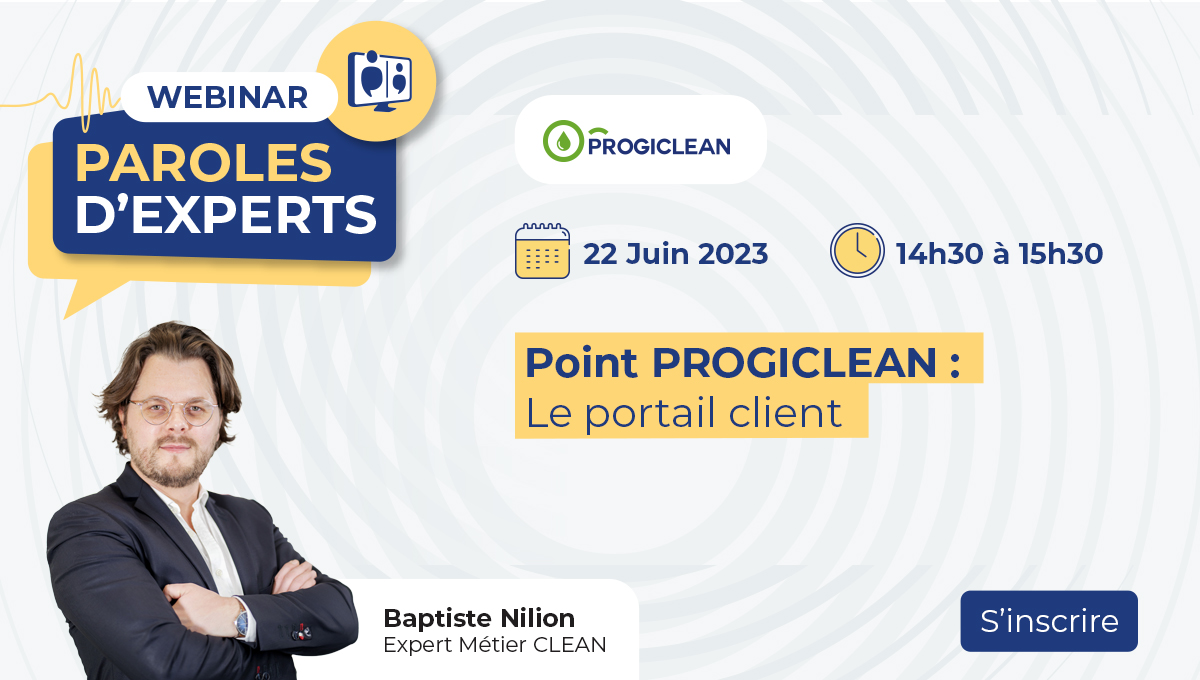When it comes to monitoring working hours, digital time and attendance solutions are the ideal tools for immediate data feedback.
Time recording: a legal obligation for employers.
Precise monitoring of employees' working hours is a major concern for employers. In accordance witharticle L3171-2 of the French Labor Code, it is important to be able to draw up a precise breakdown of working hours, compensatory rest periods and the actual taking of shifts. A distinction must be made between collective and individual working hours:
- Collective working hours can be differentiated by department, so there's no need to check schedules. Simply displaying the start and end times (with authorized breaks) is sufficient.
- Individual schedules must be monitored using a tracking system (time sheet, hand-written time sheets, digital time clock). When it comes to planning, a reasonable period of time must be allowed to allow employees to know their schedules.
With the exception of certain sectors (such as agriculture and road haulage, which are subject to their own regulations), the monitoring of working hours is compulsory. As a result, all employers, with the exception of these sectors, must equip their employees with a time and attendance solution.
How to set up time and attendance
Employees are not entitled to object to the introduction of time-clock systems, as long as the relevant procedures have been complied with, such as the introduction of a digital charter and consultation of the CSE. For greater certainty, it is possible to consult the labor inspectorate to inform them of the provision of a time-clock system to employees for the control of working hours. Since May 25, 2018, declaring your time and attendance solution to the CNIL is no longer mandatory. Systems are now governed by the General Data Protection Regulation (RGPD). However, a processing register must still be kept, listing:
- Parties, stakeholders
- Categories of data processed
- Purpose of data collection
- Identification of persons having access to this data and to whom it is communicated
- Data retention period
- Security system
Information to be collected by a time clock :
- Employee identity
- Score date
- Arrival time
- Departure time
- Check-in location (via NFC badge, QR code or geolocation)
For individual schedules, break times are included in working hours.
Collective schedules must be posted by department.
Time and attendance data must be kept for a period of three years, so that they can be provided to the employee or any other organization in the event of an inspection. When a time-clock system is set up in the company, all employees must comply with it. Employees may not refuse to clock in and out. Disciplinary action may be taken, up to and including dismissal for real or serious cause, in the event of fraud, omission or refusal on the part of employees. However, employees may challenge the employer's time-clock system if they feel it is disproportionate, in accordance with article L.1232-2 of the French Labor Code.
Which solution to choose?
The employer decides which solution to implement. Available systems include :
- Printable tally sheet: no cost. Requires re-entry of data, with a high risk of error.
- Time clock: suitable for sites with many employees. Can be expensive for sites with few employees.
- Time and attendance application: suitable for lone workers. It provides more information and can include photo-taking to create mission reports, but can represent a significant cost.
Faced with these issues, the implementation of a remote management and integrated communication solution by SENEF, such as MOBICLEAN and MOBISAP, offers numerous advantages
Remote management and communication solution by SENEF
In particular, it enables :
- Monitor each employee's working hours in real time
- Check clock-in times against forecast schedules without re-entering data manually
- Centralize badge and schedule data in a single tool for accurate wage calculations
- Reduce social conflicts linked to the recording of entry and exit times
- Optimize team productivity by empowering employees to organize their working hours.
For employees, having a digital time & attendance solution also has many advantages. - They benefit from a simplified solution for entering their arrival, break and departure times. - They are guaranteed to receive a salary that corresponds to the work performed, thanks to transparent data collection. This gives them a better understanding of their pay slips, and protects them from any disputes with ill-intentioned customers.
The advantages of SENEF's integrated remote management and communication solution are numerous
For agents on assignment, they can :
- Consult their schedules on their smartphone
- Communicate with their managers in real time
- Pointing via NFC or geolocation
- Efficiently manage the end of assignments with reports including photos and a signature on the cell phone.
For the company's business, these solutions enable :
- Automatic time-clock feedback
- Easier, faster communication
- Productivity management
- Real-time dispatch of mission reports via a dedicated customer portal.
Implementing a time and attendance solution offers numerous advantages for both employers and employees. SENEF's digital solutions facilitate the process and optimize the management of working time within the company.
